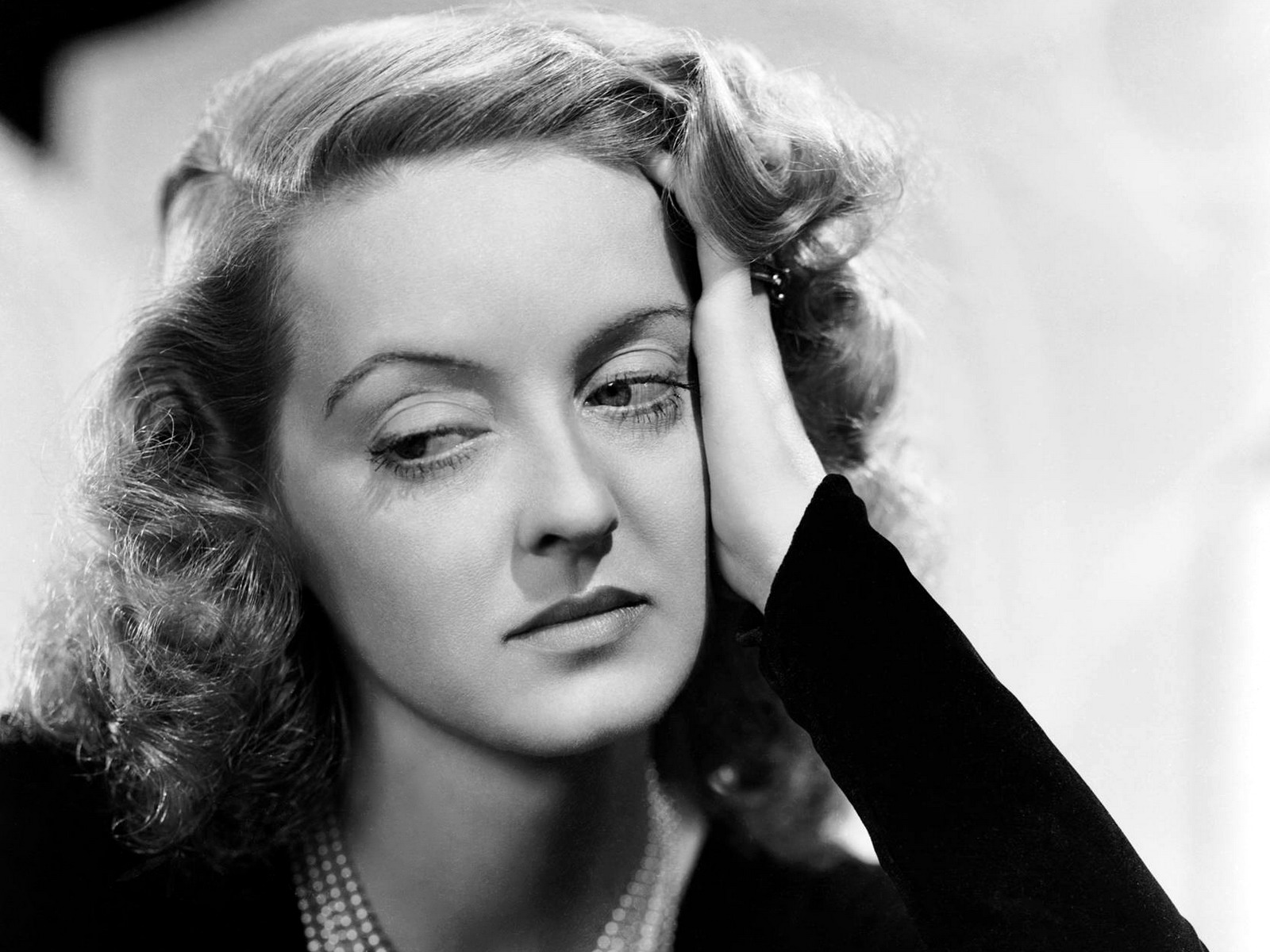Notes on the Sub-Genre 'Fractured Fairy Tales'
'Fractured Fairy Tales' is a sub-genre of the Fairy Tale Genre. It is most commonly a combination of the 'Fairy Tale' and either 'Action', 'Horror' or 'Adventure' genres in films.
While Fractured Fairy Tales as a general genre ranges from become more adult-focused as "Hansel & Gretel: Witch Hunters" and "Snow White and the Huntsman", it also contains films such as the Shrek quadrilogy, however my notes are more focused on the less child-friendly kind.
When did the genre become popular?
The genre has become increasingly popular after the mild success of "The Brothers Grimm", however it's popularity has skyrocketed after the greater success of Tim Burton's film adaption of "Alice in Wonderland" which is currently the 17th highest-grossing film at the box office
10 Most Grossing Films of the genre:
At the box office:
- Alice in Wonderland (2010) - $1.025 billion
- Maleficent (2014) - $756.7 million
- Oz the Great and Powerful - $493.311 million
- Snow White and the Huntsman - $396.592 million
- Hansel & Gretel: Witch Hunters - $226.349 million
- Jack the Giant Slayer - $197.687 million
- Mirror Mirror - $183.018 million
- The Brother's Grimm - $105.316 million
- Red Riding Hood - $89.162 million
- Beastly - $43.165 million
How reliant is the genre on adaptions?
The sub-genre is entirely reliant on adaptions, as (stated in the name of the sub-genre) for them to be included in the genre, the must be adapted from or take strong influence from a Fairy Tale - however the way the movie interprets the Fairy Tales are entirely up to the director
What is the target audience?
The main target audience for this sub-genre are mostly female teens and young adults, as they're more known to be more attached to and have grown up on classic Disney films such as Aladdin, Alice in Wonderland and Snow White - despite all of those movies having come out years before they were born. Despite that being the general target audience, these films also target males of the same age-range through the chosen actors and actress's and in the increased adrenaline rush but also through the same trait that attracts females of their age - the characters they knew as children have matured. We all know that the stories of Disney's princesses weren't that simple, sweet and child-friendly to begin with, and film makers are using that realization that's happening in their target audiences minds to make characters more accessible to them - they aren't perfect and pristine role models who never do anything wrong, they're more realistic and the plots of these new movies match.
However, while looking at how well these movies did at the box office, I realised something else - the majority of these movies do better outside of the U.S.A. - where most of them are produced. I think this may be a more traditional problem rather than American citizens simply not liking the genre - I believe people brought up in the U.S.A. are often brought up with the Disney movies alone, and even if they weren't they're aware that the stories are set in countries thousands of miles away from them, meanwhile those brought up in countries such as Germany or France - where a large number of the original stories of these Disney films are set - feel a stronger connection to the story as they're brought up knowing that they live close to where some of their childhood fantasies are, and hence forth will be more interested in seeing how someone's adapted it.
What are it's sub-genres?
It's a sub-genre itself, however there are 3 main genres used in conjunction with the necessary 'Fairy Tale' genre to create a Fractured Fairy Tale movie:
'Action' - such as Hansel & Gretel: Witch Hunters (2013)
'Horror' - such as Red Riding Hood (2011)
'Adventure' - such as Alice in Wonderland (2010)
What kind of merchandise is sold for films in this genre?
The most common kind of official merchandise sold for this sub-genre are posters, mugs and t-shirts, however if the film is made by Disney, then they're almost certain to release a few dolls and/or teddies of the main characters depending on the characters used in the film.
However, if a film is received positively from the audience, they may get a large enough fanbase to have people make
unofficial merchandise, such as cosplay items, their own posters, keyrings and even stickers.
Who are some directors, producers and actors linked to this genre?
Directors: Tim Burton, Robert Stromberg, Sam Raimi
Producers: Tim Burton, Joe Roth
Actors: Johnny Depp, Angelina Jolie, Helena Bonham
Do you believe this genre have longevity or is it a short-term thing?
Personally, I think this sub-genre
could have a long life span - so long as the films are made well and don't all have the same kind of adaption.


